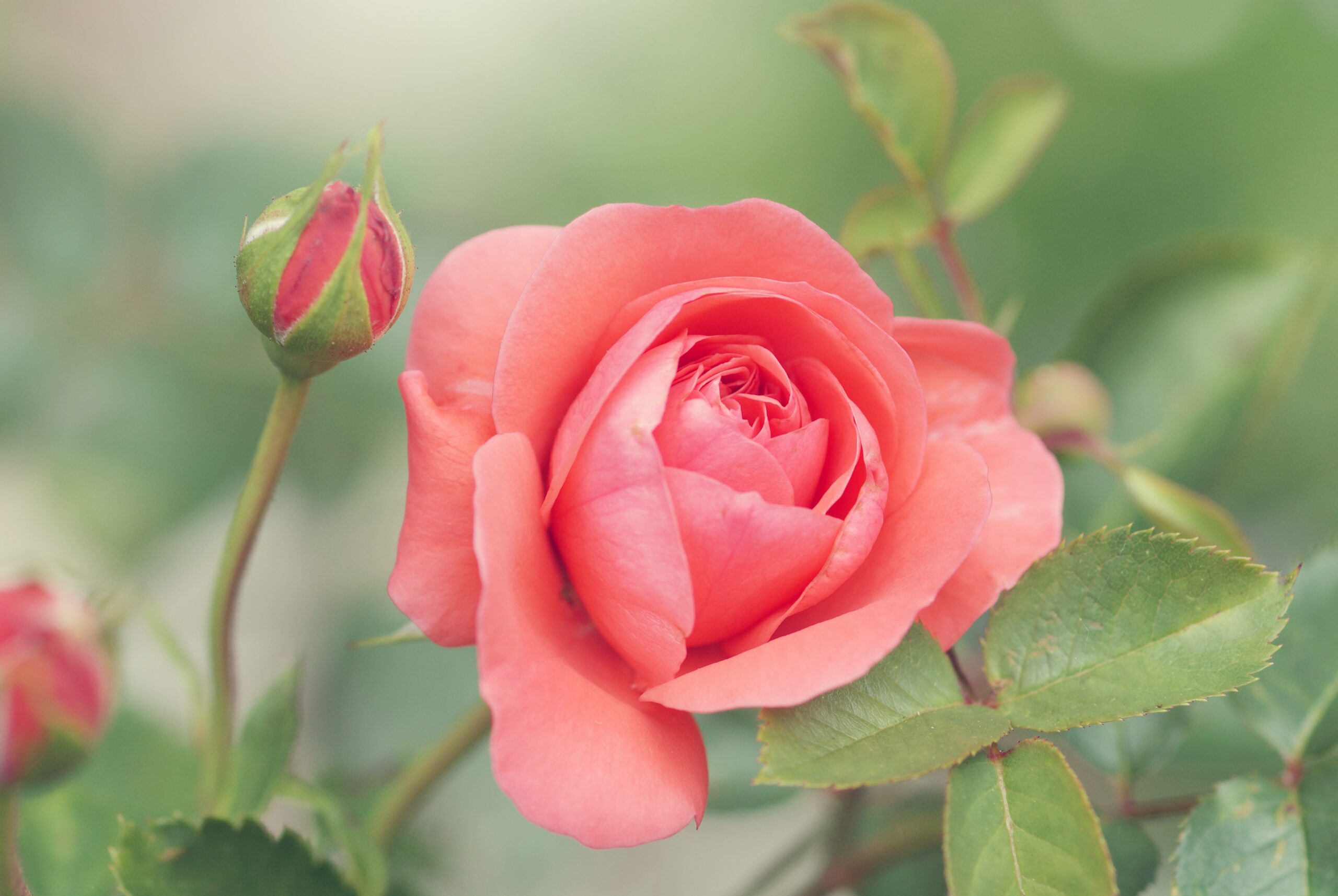By Claudette Sims, Halton Master Gardener
Clean sharp tools
Before doing any garden work, take the time to sharpen and clean your secateurs, pruners and saws. A simple wipe with rubbing alcohol between plants will help to stop the transmission of disease.
Perennials
Divide and transplant overgrown fall blooming perennials on an overcast day before they fully emerge. Check this extensive spreadsheet of individual perennials for when and how to divide them. Add wire supports/stakes around tall perennials as needed.
Roses
Check this informative blog about caring for roses from the Royal Botanical Gardens (RBG). Prune roses just as the new growth is showing. Here’s an introductory video to show you how. Consider adding some companion plants near your roses to attract beneficial insects, which will control rose pests. For example, you could choose butterfly milkweed, dill, fennel, golden Alexanders, or stunning “Fireworks” goldenrod or
unusual spotted beebalm.
Tender annuals
Wait until the temperatures are warm enough at night before planting, usually around the May 24 weekend.
Tomatoes
Transition seedlings to the garden slowly, starting with a sheltered location, from 1–2 hours on day one, and increasing each day to full sun. Plant in the garden when they’re about 15 cm (6”) high when all danger of frost is past. Plant deeply, right up to the bottom leaves.
Corn
Sow corn seeds “when oak leaves are the size of a squirrel’s ear” — that’s usually when the soil has warmed up enough.
Lawn
When you mow, leave clippings on your lawn to replenish the soil. May is a great time to revive your lawn, especially if it is looking thin and weak. Over-seed, especially in thin areas, and then top dress with 2 cm (½ in) of fine-textured compost or manure. Areas with moss may indicate soil has been compacted and nutrient level is low. Consider embracing the moss and allowing it to grow or transition that area to non-invasive native groundcovers or a garden bed with plants suited to the existing conditions.
Weeding
Keep ahead of them!
House plants
Increase watering and feeding, preferably with a dilute organic fertilizer. If the soil is drying out quite quickly between watering, it may be time to repot to one size larger. Note: hoya & Nile lily (Agapanthus) flower when slightly pot-bound, so repot these less often. Some houseplants may enjoy a summer holiday in the garden — transition them slowly.
Check out our April newsletter for any garden
jobs you may have missed.




